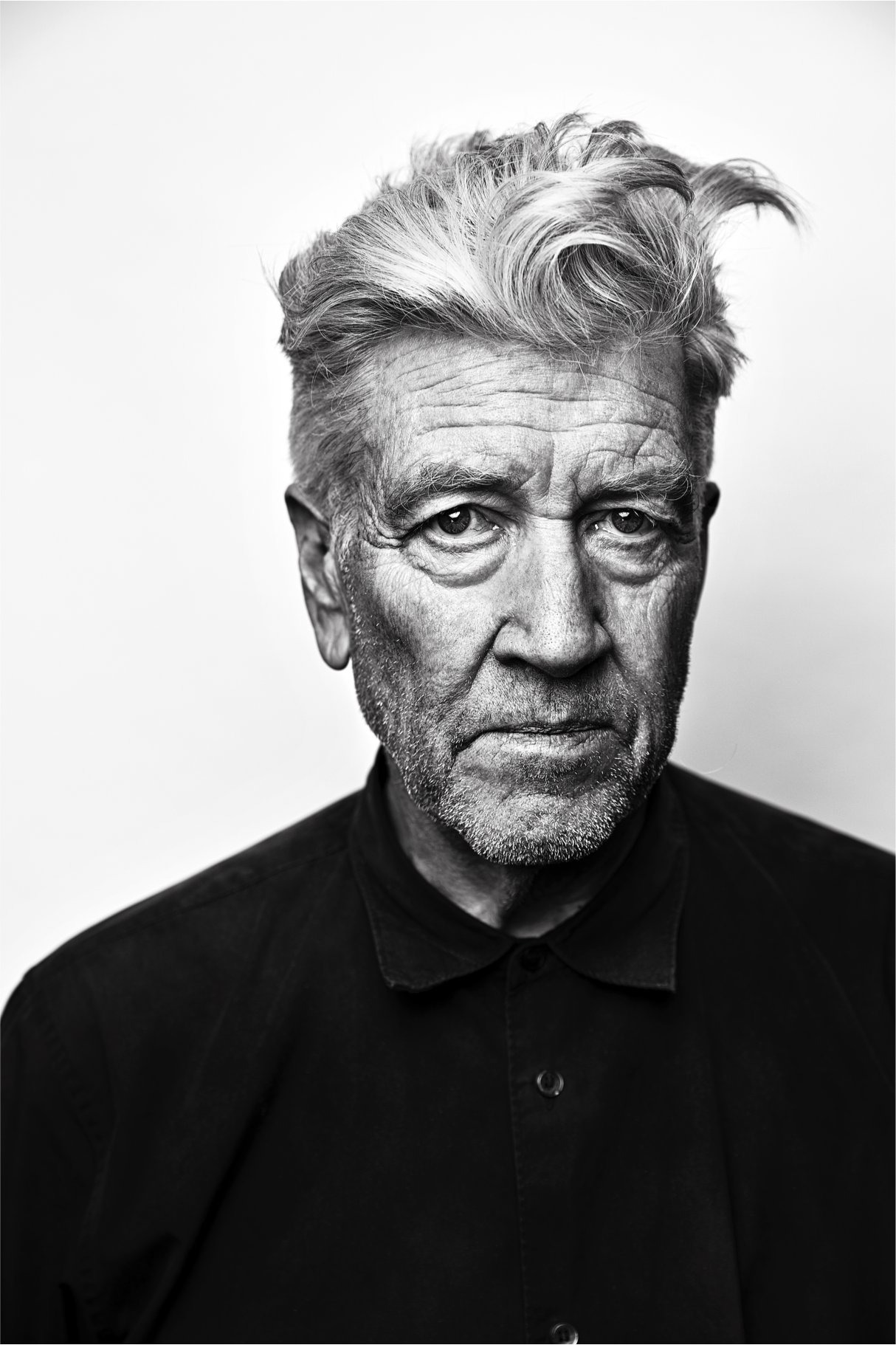
David Lynch—best known as the mind behind seminal films such as Blue Velvet and Mulholland Drive, and the cult favorite-cum-mainstream-hit Twin Peaks—continues to show off his unconventional creative prowess in a solo exhibition, “Squeaky Flies in the Mud,” on view at New York’s Sperone Westwater through December 21, 2019.
“His transdisciplinary practice has always probed beneath the surface of American life. He seeks the normal in the abnormal,” Angela Westwater said to Artnet News. “Given today’s cultural and political climate in which skepticism has increased, I think his work is particularly relevant and resonant today.”
While best known as a filmmaker, Lynch has long pursued a parallel practice in the visual arts. The trajectory of his artistic career can be traced back to the late 1960s, beginning with his studies at the Pennsylvania Academy of Fine Arts (PAFA) in Philadelphia. While he got his start as a painter, he soon began experimenting with other media. 1967’s Six Men Getting Sick (Six Times), Lynch’s first-ever film, which he prefers to describe as a “moving painting,” marries the mediums of painting and film to depict abstracted male figures, seen vomiting in sequence.
In the years following, the artist has moved across film, photography, and music, among other media, often juggling several pursuits at once. For instance, while creating Twin Peaks in the early 1990s, Lynch also produced an avant-garde musical play for the Brooklyn Academy of Music, titled Industrial Symphony No. 1: The Dream of the Broken Hearted. He later built off similar ideas with a series of photographs taken in various derelict industrial spaces in northern England, Berlin, Poland, and New York, with the images collected in a book, David Lynch: The Factory Photographs.
Since then, Lynch’s name has become synonymous with dark, gritty, and often unsettling content. In 2018, an Artforum review of his show at Kanye Griffin Corcoran in Los Angeles summarized his “unmistakable Lynchian” style as “tinged with a surrealist, macabre, and often hallucinatory tone.”
The exhibition at Sperone Westwater is comprised exclusively of recent work, with paintings, works on paper, watercolors, lamp sculptures, and furniture. A mysterious character named Billy makes repeat appearances in various paintings throughout the show; in one mixed-media work, Billy Sings the Tune for the Death Row Shuffle (2018), we see a seemingly decapitated Mickey Mouse. Elsewhere, Lynch has taken cold-rolled steel, douglas fir, resin, and paint to create Lollipop Chair, which resembles the titular piece of fantastical furniture.
The show’s title, “Squeaky Flies in the Mud,” is taken from one of the mixed-media paintings on view, and reveals insight into Lynch’s famously mysterious psyche. According to Angela Westwater, the work references “the organic phenomenon dating back to his childhood in Montana and Idaho,” where Lynch’s father ran the Boise National Experiment Forest, and where the artist remembers planting 500 trees alongside his father as a young Boy Scout.
Installation view of “David Lynch: Squeaky Flies in the Mud,” courtesy of Sperone Westwater.
Installation view of “David Lynch: Squeaky Flies in the Mud,” courtesy of Sperone Westwater.
Installation view of “David Lynch: Squeaky Flies in the Mud,” courtesy of Sperone Westwater.
Installation view of “David Lynch: Squeaky Flies in the Mud,” courtesy of Sperone Westwater.
Installation view of “David Lynch: Squeaky Flies in the Mud,” courtesy of Sperone Westwater.
Installation view of “David Lynch: Squeaky Flies in the Mud,” courtesy of Sperone Westwater.
Installation view of “David Lynch: Squeaky Flies in the Mud,” courtesy of Sperone Westwater.
Installation view of “David Lynch: Squeaky Flies in the Mud,” courtesy of Sperone Westwater.